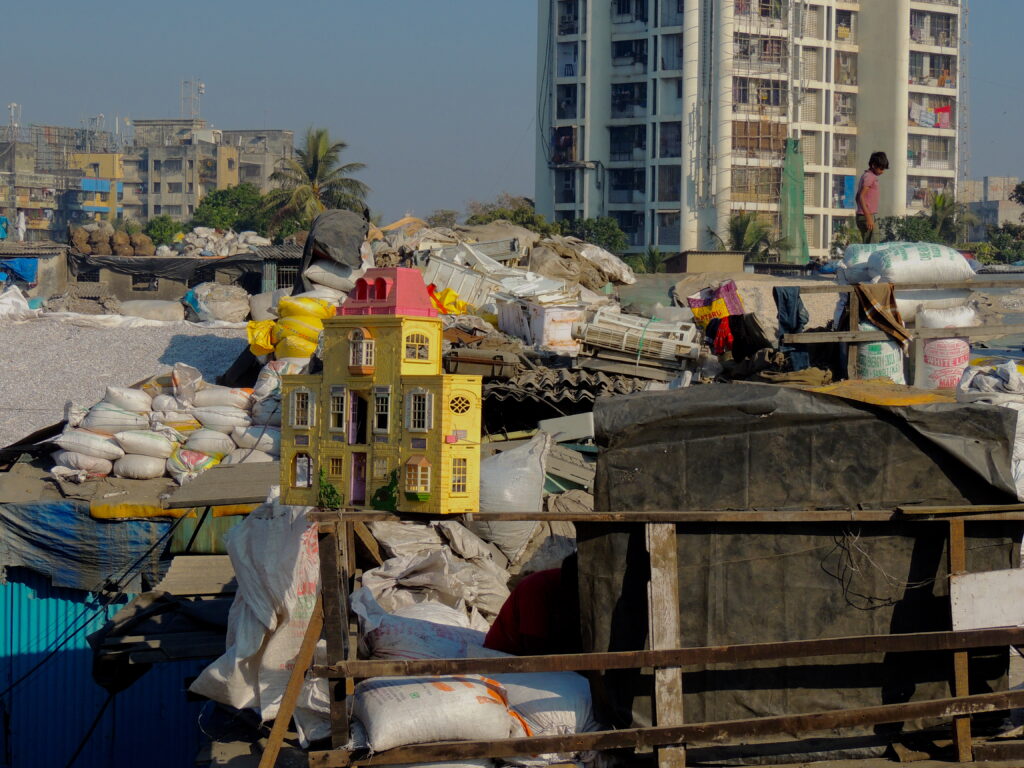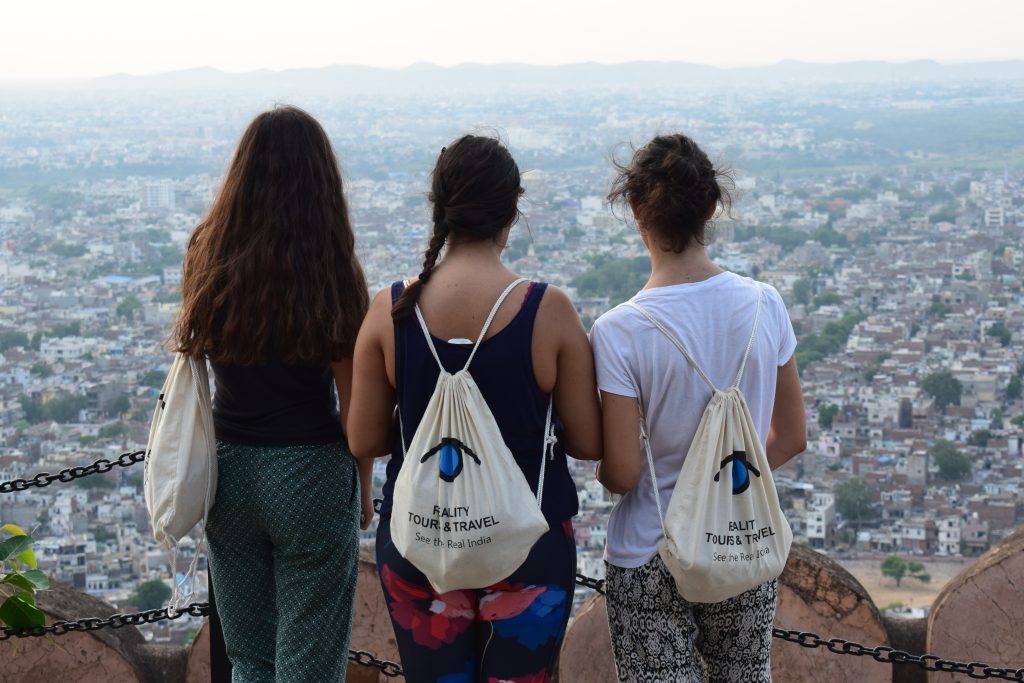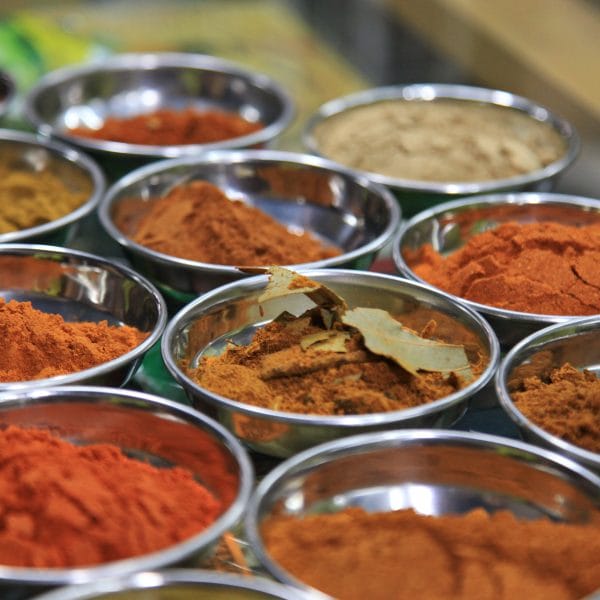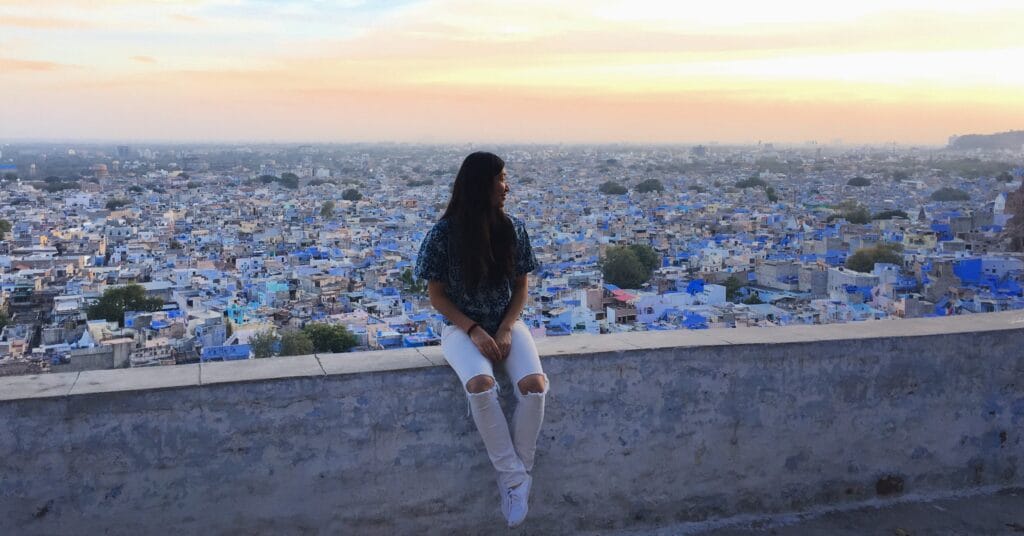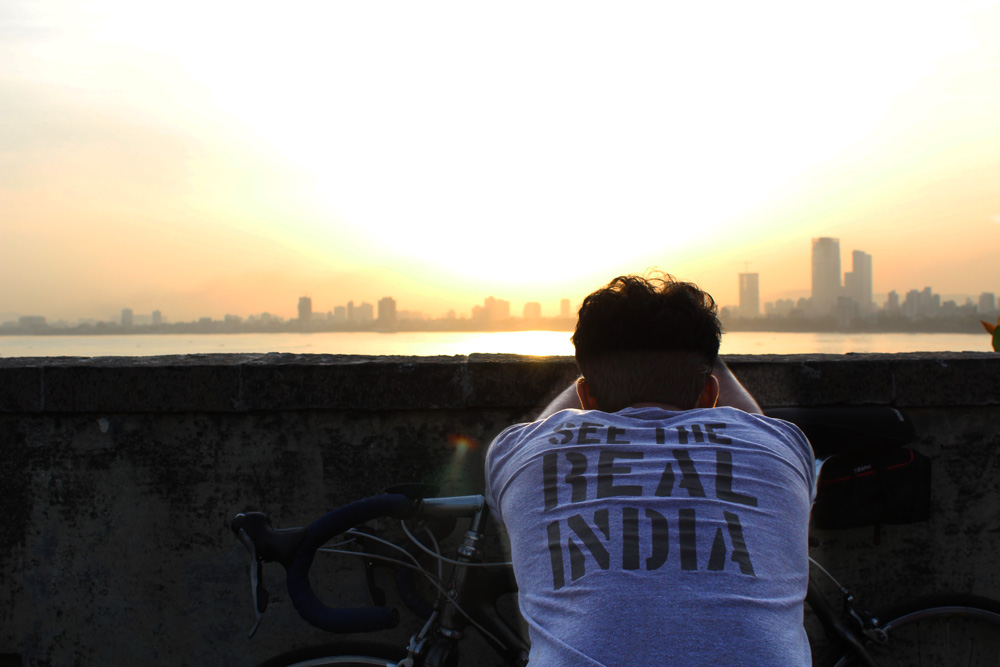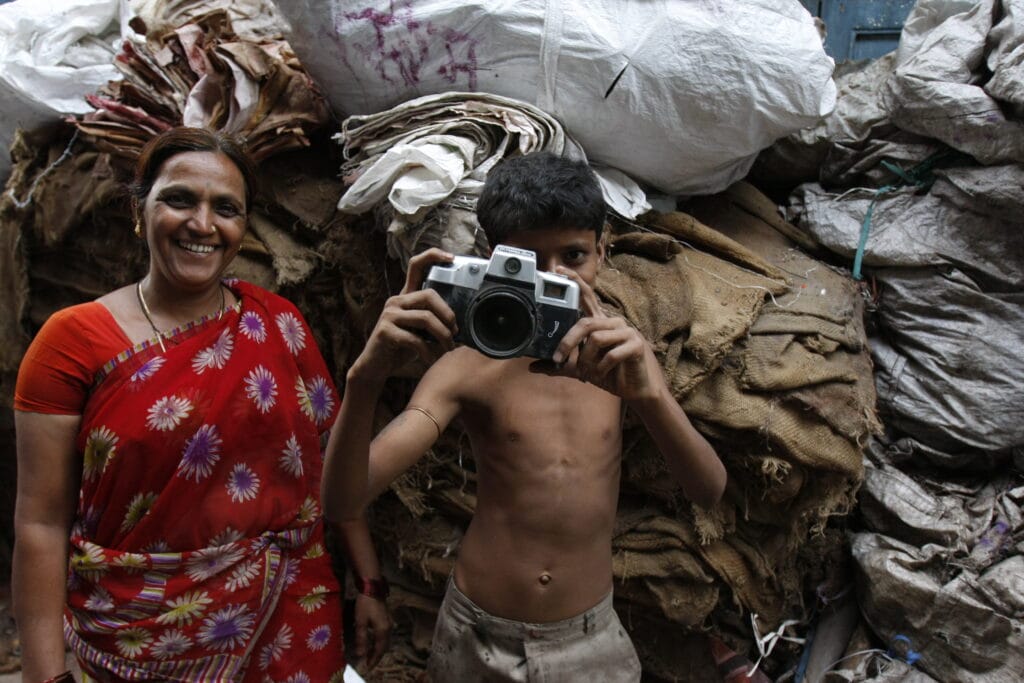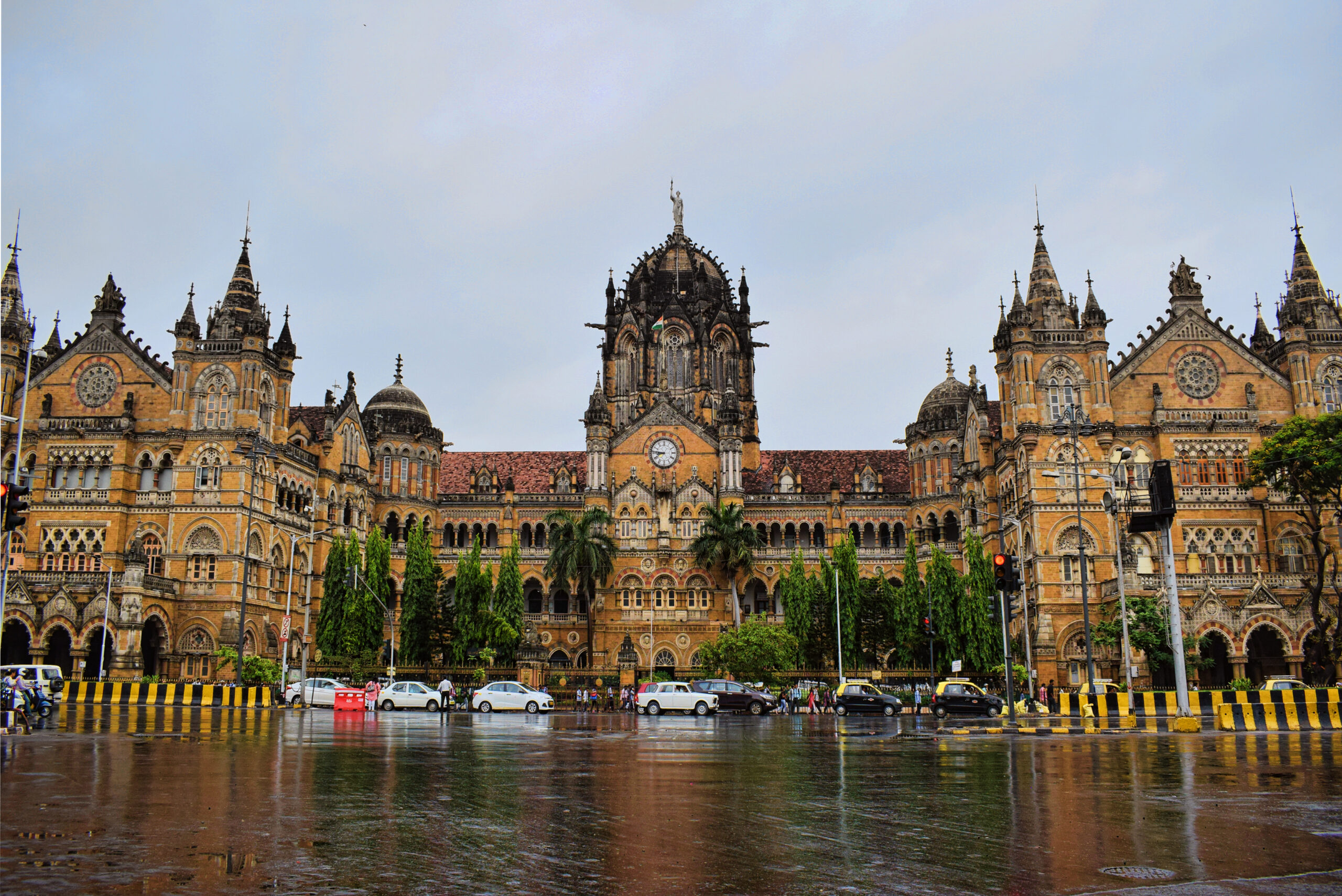Will and Kate are in Mumbai, kicking off their whirlwind trip around India. In 2012, Prince Andrew visited Dharavi with the help of our founder, Krishna Pujari. For this royal visit, however, our services weren’t called upon. But that didn’t stop us from imagining the perfect one day Mumbai tour for the royal couple!
Our itinerary would be a mix of prominent sights tied with British colonial history, local experiences, and an introduction to Mumbai’s temples, markets, and slums.
Gateway of India
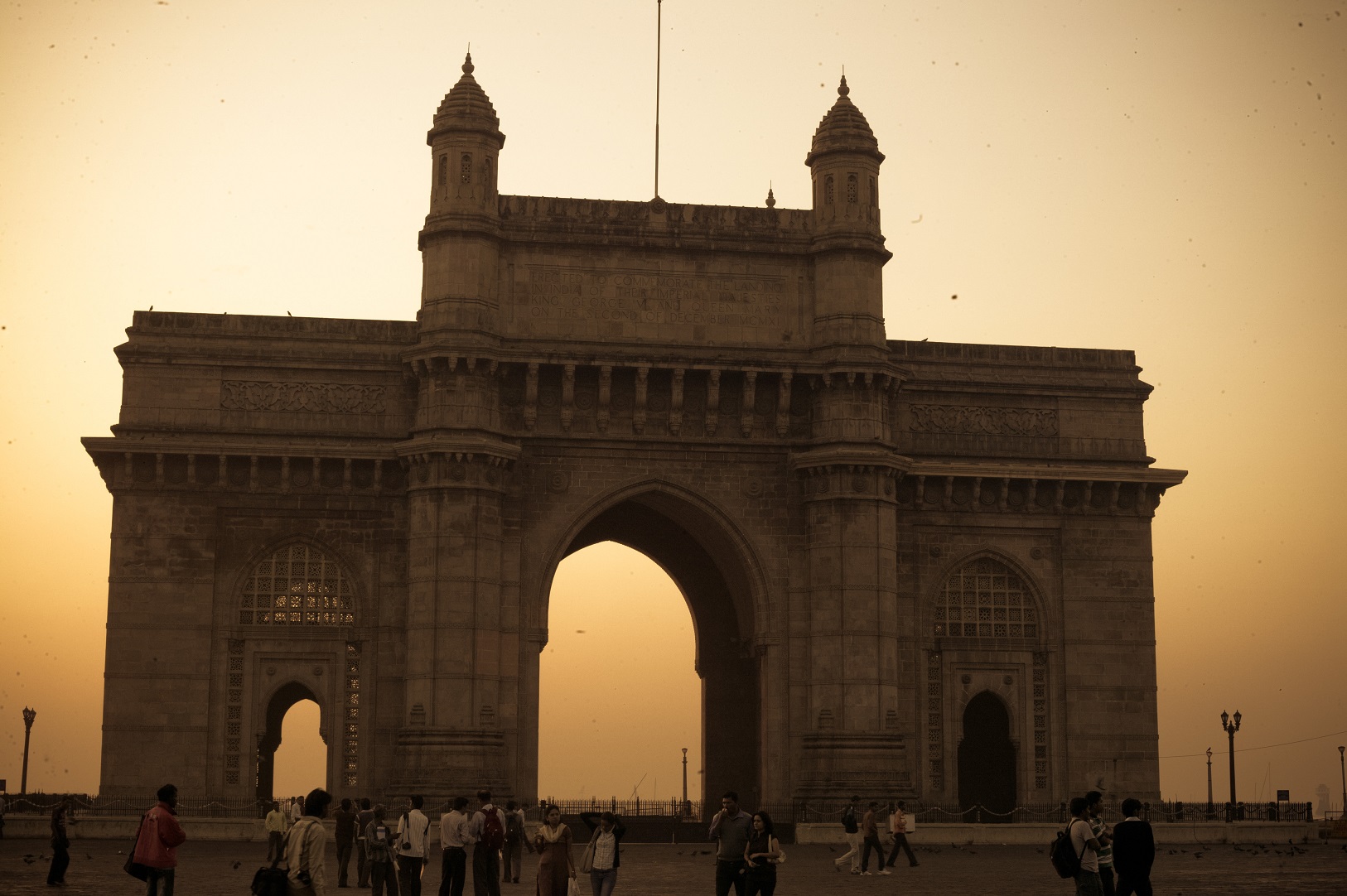
We would meet Will and Kate across the street from their hotel, The Taj Mahal Palace, at the Gateway of India. In the soft early morning light we would discuss the iconic 26 metre arch that was built (by the British) to celebrate another royal visit to India: that of King George V and Queen Mary in 1911 (Will’s great great grandfather). When British rule came to an end in 1947, the Gateway of India, which had become a symbol of the British Raj, was the final point of departure for the last of the British troops in independent India.
Dharavi Tour and Family Lunch
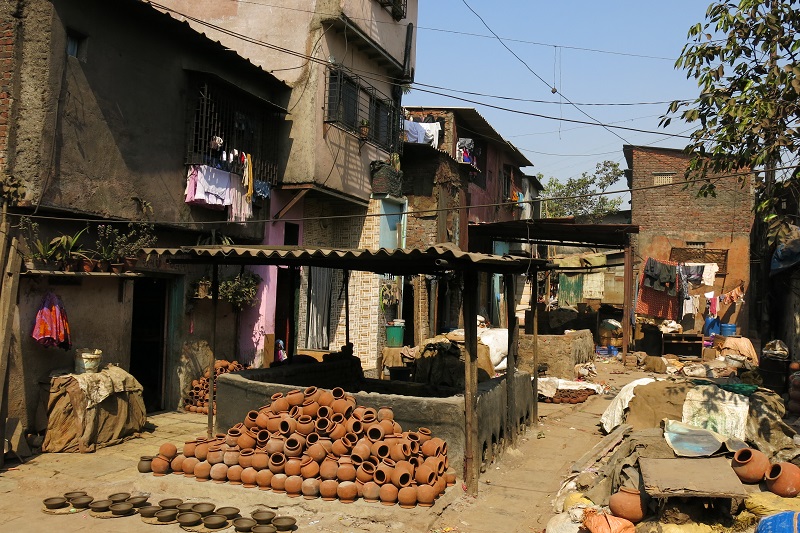
From the Gateway of India we would travel north by car to Mahim Station where we would begin a walking visit to learn about the centre of small scale industry in Mumbai: Dharavi. Over the course of two and a half hours, Will and Kate would be introduced to some of the 10,000 hutment factories that comprise the industrial area of Dharavi. They would witness each step of the recycling process that gives 80% of Mumbai’s plastic waste new life by transforming it into plastic pellets for re-use. We would stop by the bakeries that are responsible for pumping out some of Dharavi’s two tons of daily food production. And they would learn about Dharavi’s most profitable business, the leather industry, which sells its products all over the world.
After learning about the industrial area, we would traverse to the residential area of Dharavi and learn about how this community was organically built out of mangroves over the past century and a half — a feat that was accomplished with minimal assistance from the government and developers. Today, it is a tapestry of tightly knit communities that, in less than one square mile, represents all of the richness of India’s diversity. Temples, mosques, churches and pagodas stand side by side in an area where more than 30 languages can be heard. But this ‘slum’, which would be more aptly called an ‘urban village’ or a ‘city within a city’, is not without issues. While an incredible feat of bottom up development, the lack of central organization and government support has led to several serious issues, primarily in the areas of sanitation, education, infrastructure and health. The visit would also include a stop at our NGO, Reality Gives, where Will and Kate would learn about the education programs run for and by the young people of Dharavi.
After learning about Dharavi as a whole, we would visit a friend’s house for lunch. This would give the royal couple a chance to taste some fantastic home-cooked food and give them the opportunity to discuss what life is like in a community like Dharavi.
Market and Temple Tour
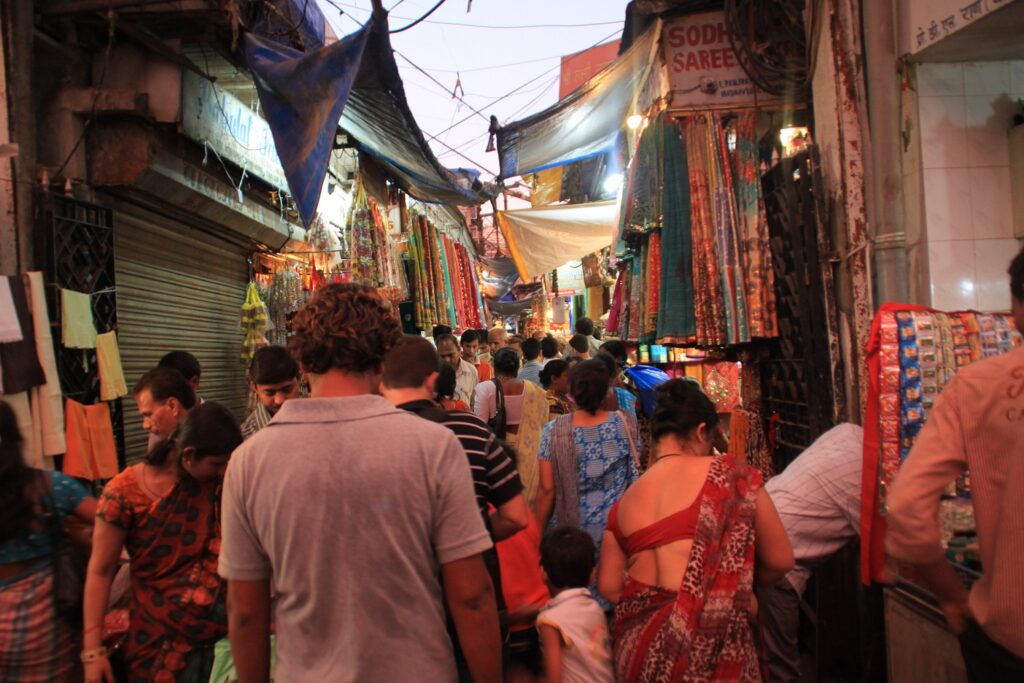
No rest for the weary! Following lunch we would head back south to get a taste of Mumbai’s bustling markets and famous temples. The chaotic markets of South Mumbai as well as its iconic temples are integral parts of life in Mumbai and we would be remiss to skip over them.
Our first stop would be at Mumbai’s most famous market, Crawford Market. Built in a mix of Romanesque and Gothic architecture styles, the building was completed in 1869. Thirteen years later, in 1882, it was the first building in India to use electricity. Inside, we would admire a stone fountain designed by Lockwood Kipling, the father of famous novelist Rudyard Kipling who wrote the “The Jungle Book.” We would also visit Mangaldas Market, the largest wholesale textile market in Mumabi, as well as flower alley, a small lane where flowers have been sold for nearly 100 years.
The most famous temple we would visit is Mumbadevi temple, which is also the namesake of Mumbai. The name “Mumbai” comes from a mix of mumba and ai, both of which mean “mother” in Marathi. Mumbadevi is the goddess of Mumbai’s original inhabitants – the Kolis (fishermen). Mumbadevi is the patron goddess of Mumbai.
Dhobi Ghat
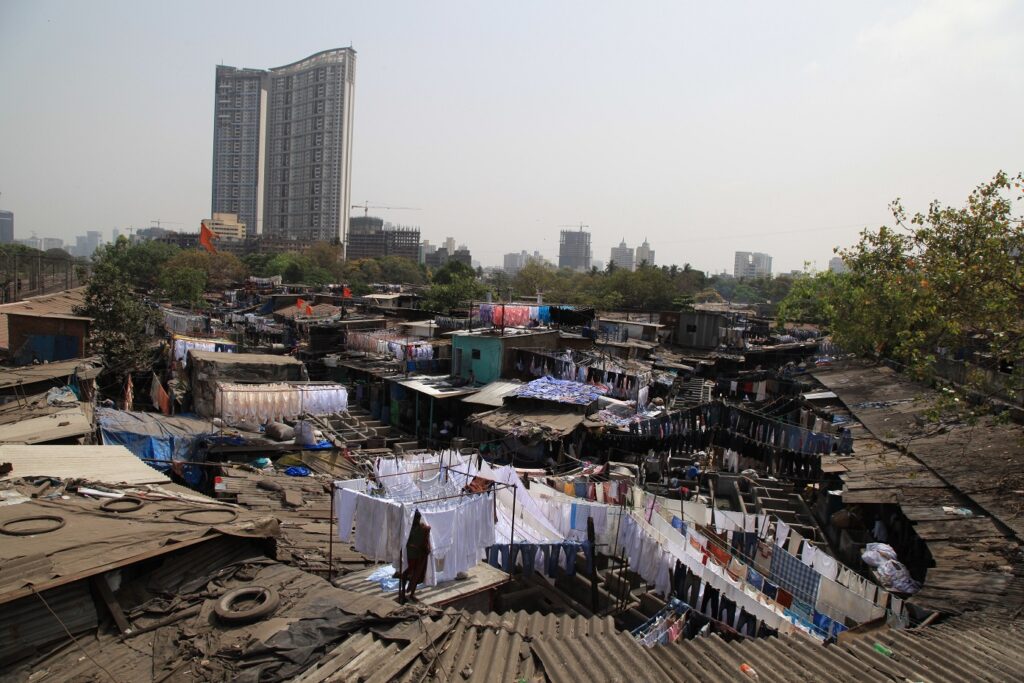
Our next stop would revisit Mumbai and the British’s intertwined history. Dhobi Ghat, which literally means “washman’s location”, is the largest open air laundry in the world. Dhobi Ghat was originally built in the 19th century by the British to wash its soldiers’ dirty linen. Today, laundry from all over the city comes to be washed in the 730 separate washing areas located here. It is run by 10,000 washers, mainly from Uttar Pradesh and Bihar. Most of them are men and live here alone — their families stay back in their home states. They earn about Rs 150 per day, and they send some of this money home.
Street Food Tour

No visit to Mumbai is complete without sampling Mumbai’s unique street food. And luckily for Kate and Will, we know the best and safest spots to try it! As the sun sets over the Arabian Sea, we would sit on the beach and taste pani puri, pav bhaji, sev puri and finish with a refreshing kulfi (Indian ice cream).
Banganga Tank
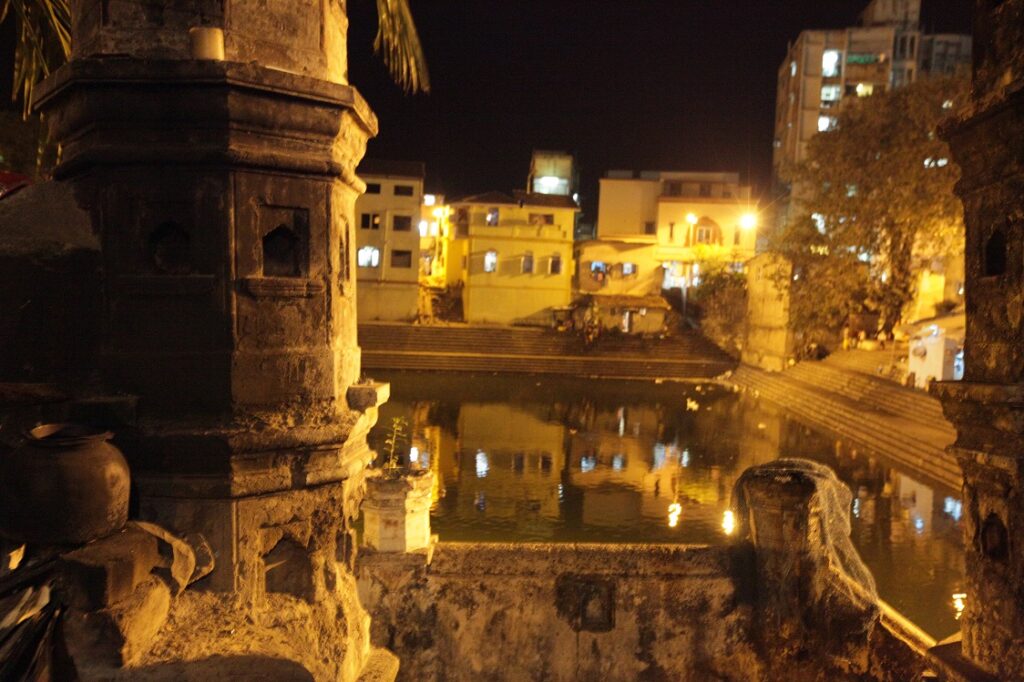
In the evening, we would end our whirlwind day with a stop at the most peaceful place in Mumbai: Banganga Tank. Tucked away far out of site at the western tip of Malabar Hill, Banganga tank is a haven from the incessant honking and general chaos of Mumbai. Surrounded by Hindu temples, this famous 12th century spring is believed to contain water with special healing powers. According to legend, its spring comes from the holy Ganges river.
Our hope is that by the end of the day, Will and Kate would have a much deeper understanding of life in Mumbai as well as its history. This is the aim of all of our tours. We want to help our guests get closer, understand better, and experience more. Hopefully next time, the royal family will allow us to help them do just that.

